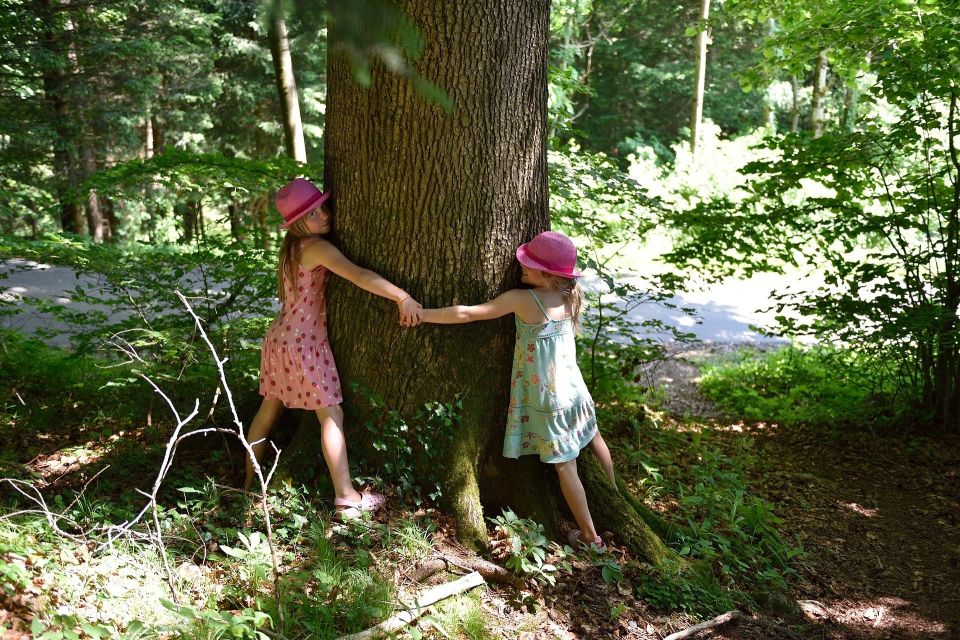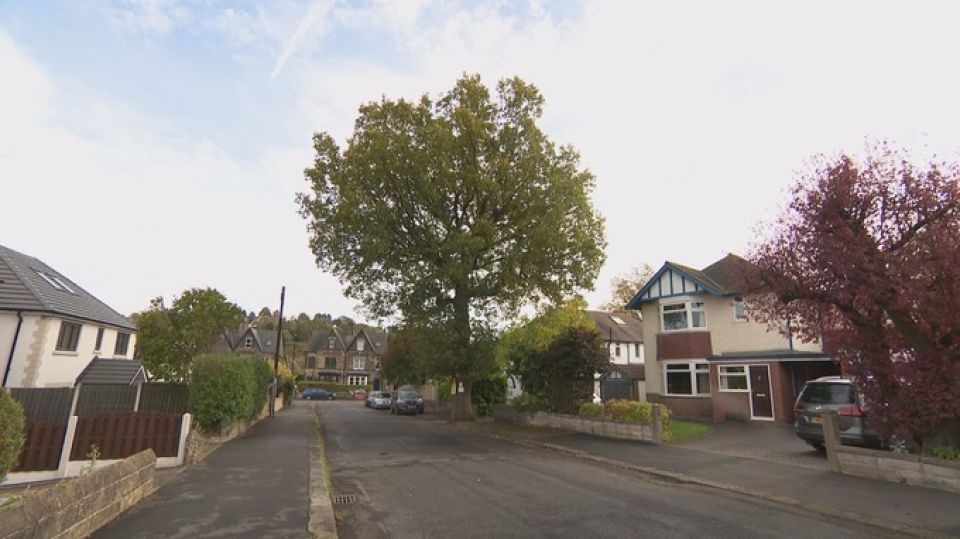The case for naming our trees

From Vernon Oak to Dorothy Lime Tree: could naming our trees make us appreciate and care for them more? Leia Hallamaki investigates.
Throughout human history, we have always named our babies, children, and pets and so on; so why not give trees individual names too? We get it, it's an unusual suggestion, but why not take a leaf out of this book? Trees have always been important to us, we need them to survive, they’ve inspired poets and writers around the world, and they can even improve our happiness. We care about our trees, so maybe we should show them a little affection by naming them?
Let’s take a look at the people and trees of Sheffield, for instance. Said to be one of the greenest cities in Europe, residents are protesting against £2.2bn PFI contract – to cut down almost 20,000 street trees. Because as one resident said, “We wanted to protect something we loved.” The people of Sheffield are so protective of their city’s trees that they have been moved to name them and even started a twitter account for a specific 150 year old tree called Vernon Oak. People have showed their love of Vernon by decorating, dressing and drawing the magnificent tree. In the same area, the locals had also named other seven lime trees called Dorothy, Duchess, Diana, Davina, Dawn and Deborah. However, sadly six out of the seven have been cut down, leaving only Dorothy 💔 One of the lime trees, Duchess, also had a dedicated twitter account.

Many would debate the thought of naming a tree because they don’t have gender, or they aren’t a person, they cannot communicate as we do, and don’t have feelings. However, you can drop all your excuses, as I will equip you with some facts:
- Trees talk to each other! Plants communicate through fungi, as their bodies are made up of a mass of thin threads, known as a mycelium. This mycelium creates an internet underground so a tree can connect with a flower or bush a mere few metres away. Fun fact, trees warn each other when they sense oncoming danger. Nice to know they have each other’s backs, or trunks.
- Trees are categorised as living creatures. They tick all of the boxes like growth, reproduction, movement, respiration, excretion and sensitivity. They even experience the senses as we do, and possibly even have memory too!
- Trees are biologically male or female, or both! Yes, many trees have both genders but some are only male or female. You can tell the difference by looking at the flowers of the tree. For example, flowers on female papaya trees grow in small clusters or as solitary blooms that are larger than male flowers. Some trees are monoecious which means they bear male and female flowers so are both male and female. For example, Birch, oak, pine, hornbeam and fig trees all fall into this category. ProTip, hit Google up to find out more about the sex of your tree to learn more about it.
Naming a tree can be a fun way of getting closer to it, and nature. Need some inspiration? Think about how old the tree is, what it looks like or reminds you of - its very own personality, if you like. You could name it after your grandmother or your favourite band, or food. It can be anything you like!
So go on, name your tree to show it you care.
We'd love to hear about your favourite trees and their name - use the hashtag #GenerationTree and share it with us on social media!
Donate to Trees for Cities and together we can help cities grow into greener, cleaner and healthier places for people to live and work worldwide.
Donate